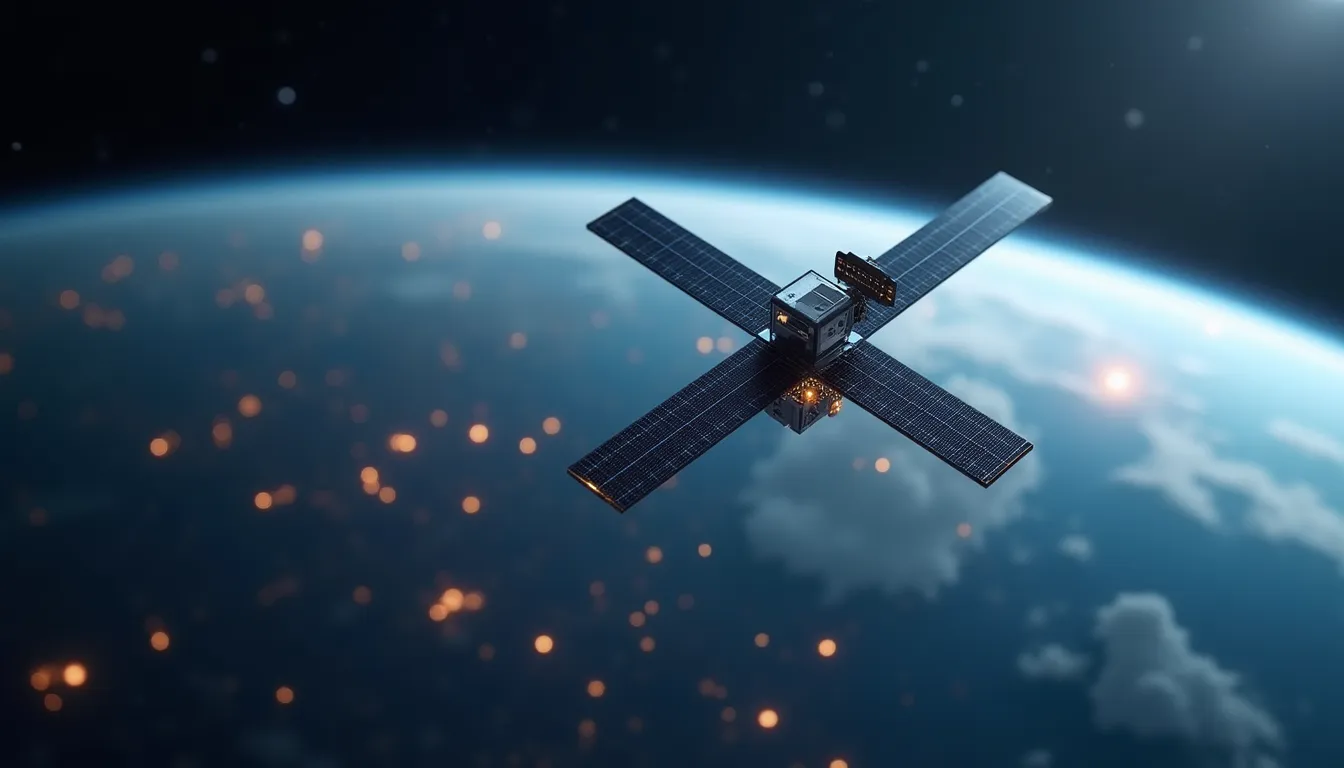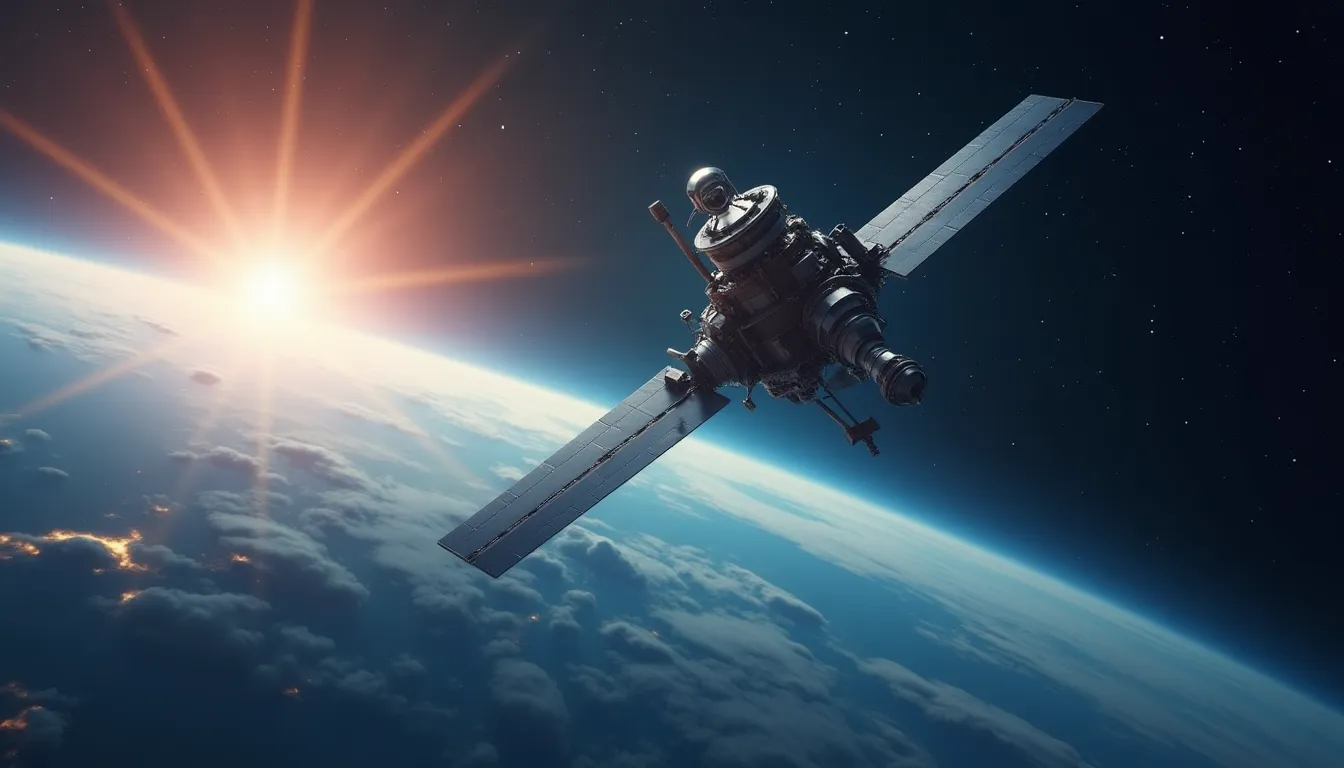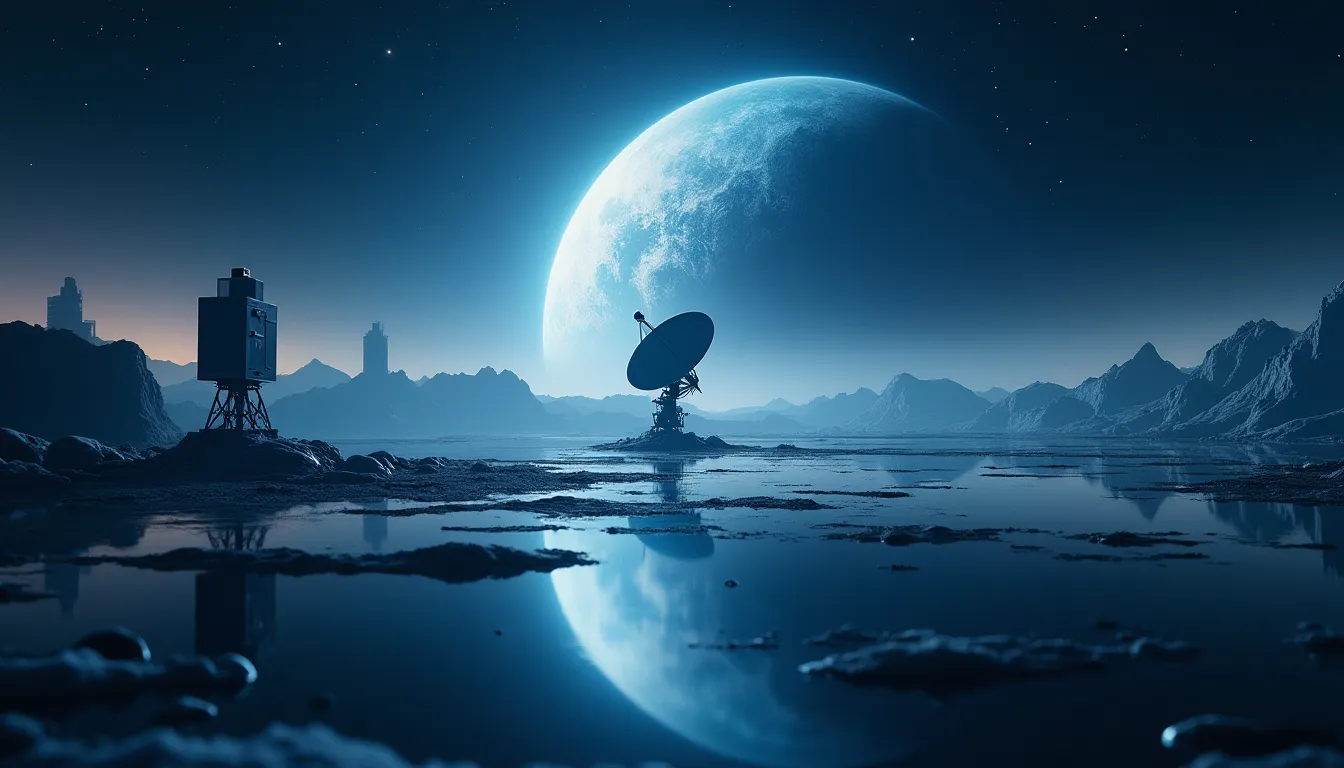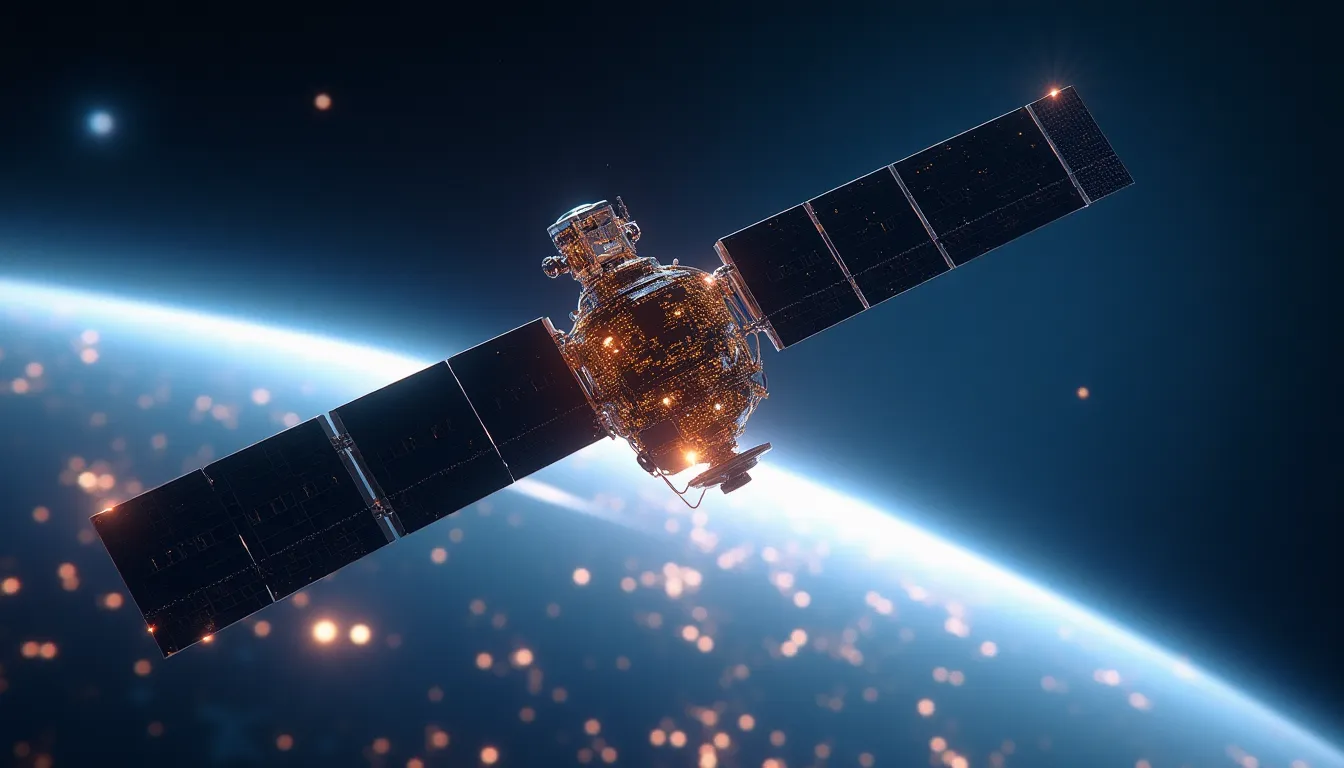In recent weeks, the satellite sector has experienced dynamic advancements that are shaping the future of aerospace, defense, and technology. Notably, the launches of satellite constellations and innovative Earth observation missions are enhancing global connectivity and improving our understanding of environmental patterns. This article delves into the latest developments, emphasizing their technical details and implications for various industries.
Satellite Constellation Launches and Expansion
SpaceX Starlink Expansion
On September 25, 2025, SpaceX achieved another milestone by launching 24 Starlink internet satellites via a Falcon 9 rocket from Vandenberg Space Force Base. This launch marked the 123rd Falcon 9 mission of the year and the 15th in September alone. The Falcon 9’s first stage booster (B1082) successfully landed on the drone ship “Of Course I Still Love You,” marking its 16th flight. Currently, Starlink operates nearly 8,500 active satellites, with over 70% of Falcon 9 launches in 2025 dedicated to expanding this megaconstellation aimed at providing global broadband internet access.
Amazon Project Kuiper Progress
On the same day, United Launch Alliance (ULA) expanded Amazon’s Project Kuiper by launching 27 more satellites from Cape Canaveral, bringing the total number of Kuiper satellites to 129. This was the fifth launch for Kuiper and the third utilizing ULA’s Atlas V rocket. Project Kuiper aims to deploy a total of 3,232 satellites, with a regulatory deadline to have half launched by July 2026. The partnership with JetBlue to provide in-flight connectivity, starting in 2027, highlights the growing importance of satellite technology in enhancing global communications.
New Satellite Missions for Earth Observation and Weather Forecasting
ESA’s WIVERN Mission
The European Space Agency (ESA) has selected the WIVERN satellite mission, developed by the University of Reading, to revolutionize severe storm forecasting. Equipped with a dual-polarization, conically scanning 94 GHz Doppler radar, WIVERN will cover an 800 km swath of the Earth’s surface. This advanced radar technology will significantly improve data collection on wind movements in hurricanes and thunderstorms, as well as types of precipitation including rain, snow, and ice. The mission, which emerged from a competitive selection process within ESA’s Earth Explorer program, is poised to deliver critical insights into climate change and weather patterns.
NOAA’s Innovative Contracts and AI Integration
In a move to enhance environmental monitoring, NOAA has awarded a $24.3 million contract to PlanetiQ for satellite weather data services. This partnership is set to improve forecasting accuracy and environmental analysis. Furthermore, NOAA is exploring AI-driven digital twin technology, which integrates diverse environmental observations from satellites and other sources. This technology promises to enhance the agency’s capabilities in environmental monitoring, allowing for more precise predictions of atmospheric and oceanic conditions.
Space Weather Monitoring for Human Exploration
NASA’s Artemis II Mission
As space exploration ventures further beyond Earth, NASA’s Artemis II mission is gearing up to launch essential space weather monitoring instruments. These tools will provide active forecasting and radiation monitoring crucial for astronaut safety during missions to the Moon and Mars. The integration of space weather data is vital for protecting crewed missions from solar radiation and other cosmic phenomena, ensuring the safety and success of human exploration in deep space.
Technological Innovations in Satellite Systems
The advancements in satellite technology are complemented by various cutting-edge products that enhance satellite performance and data accuracy. For instance:
- Advanced Navigation Systems utilize high-performance MEMS accelerometers for superior stability and precision, critical for satellite positioning and navigation applications.
- Advanced Sensor Modules integrate 9-DOF MEMS IMUs, comprising three-axis gyroscopes, accelerometers, and magnetic sensors, providing comprehensive motion sensing capabilities essential for accurate satellite data collection.
- The ZQXXSGDSS System features high-performance single-tube PIN quadrant detectors, designed for precise laser beam positioning and tracking, vital for satellite communication and data transmission.
- YWJ01JG050 Systems, ultra-high precision gyroscopic theodolites with advanced automation, are instrumental in professional surveying and precise azimuth determination for satellite ground stations.
- The YWJ01ZB150 Series of professional gyro theodolites offers reliable azimuth determination and precise angle measurement, supporting the intricate architecture of satellite deployment and monitoring systems.
Conclusion
The advancements in satellite technology and Earth observation capabilities underscore a significant shift in how we monitor and interact with our environment. With the expansion of satellite constellations like Starlink and Project Kuiper, coupled with innovative missions such as ESA’s WIVERN and NASA’s Artemis II, the future of aerospace and defense is increasingly intertwined with satellite technology. As we navigate these developments, the integration of advanced systems and AI-driven solutions will play a pivotal role in enhancing our understanding of Earth and beyond, paving the way for safer, more connected human exploration of space.
References
-
SpaceX launches 24 Starlink internet satellites, lands rocket on ship … (www.space.com) - 9/26/2025 The vast majority of the 2025 Falcon 9 launches — more than 70% of them — have been dedicated to building out the Starlink megaconstellation.
-
September 2025 - Spaceflight Now (spaceflightnow.com) - 9/26/2025 Breaking News. [ September 25, 2025 ] SpaceX launches 24 Starlink satellites on Falcon 9 rocket from Vandenberg Falcon 9 · [ September 25, 2025 ] ULA launches …
-
NOAA Signs Agreement for NEON Stratus Project Study | NESDIS (www.nesdis.noaa.gov) - 9/26/2025 On September 18, 2025, the National Oceanic and Atmospheric Administration (NOAA) signed an Other Transaction Authority (OTA) agreement with …
-
Amazon’s Project Kuiper Grows to 129 Satellites With ULA Launch (www.satellitetoday.com) - 9/25/2025 Amazon’s Project Kuiper constellation reaches 129 satellites after United Launch Alliance (ULA) launched another batch on Thursday morning.
-
Industry Study: AI-Driven Digital Twin Technology Could Improve … (www.nesdis.noaa.gov) - 9/25/2025 The concept study demonstrated how AI-driven EODT technology could help bring together data from different sources, such as oceans, atmosphere, …
-
SpaceX Seeks Approval for 15000 Satellites to Use MSS Spectrum (www.satellitetoday.com) - 9/25/2025 SpaceX has filed with the FCC asking to launch 15,000 new satellites for direct-to-device service that would use the spectrum SpaceX …
-
New satellite set to improve forecasting of severe storms (www.meteorologicaltechnologyinternational.com) - 9/24/2025 A satellite mission developed by a scientist at the University of Reading is set to improve forecasts of severe storms and hazardous weather …
-
Artemis II Science and Technology News Conference (Sept. 23, 2025) (www.youtube.com) - 9/23/2025 After the successful Artemis I uncrewed flight around the Moon in 2022, Artemis II is the next step in our journey from the Moon to Mars.
-
Space Brief 1 Sep 2025 - KeepTrack (keeptrack.space) - 9/1/2025 SpaceX’s relentless progress in expanding Starlink exemplifies the rapid evolution of satellite technology, contributing directly to improved …



